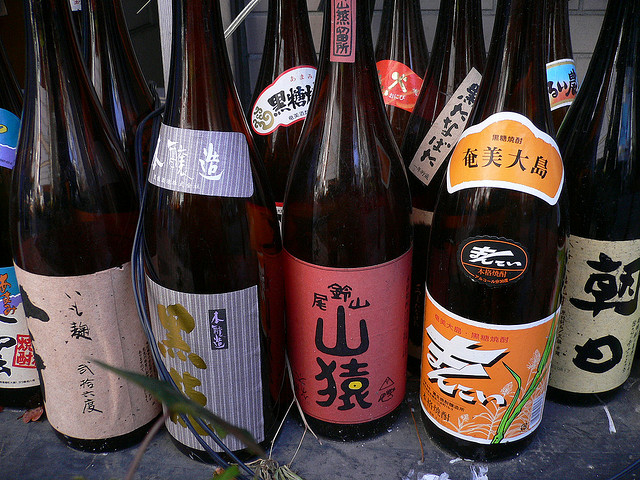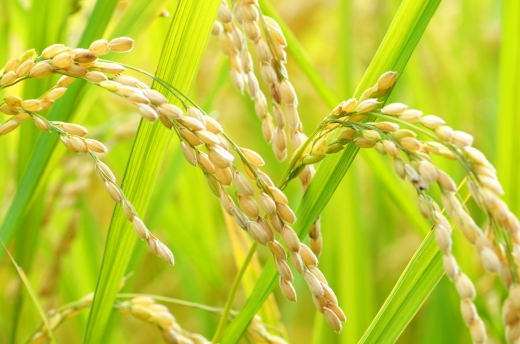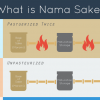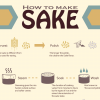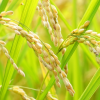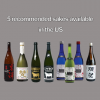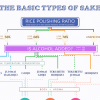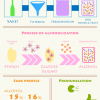WHY ARE SAKE BOTTLES DARK?
Sake is very sensitive. Even a few hours of sunlight would rapidly deteriorate the quality of Sake, changing its color. This would also lead Sake give odors.
This deterioration of Sake quality occurs when organic compounds like vitamins in Sake are affected by the ultraviolet rays. On top of that, Sake aromas deteriorate when Sake is […]

